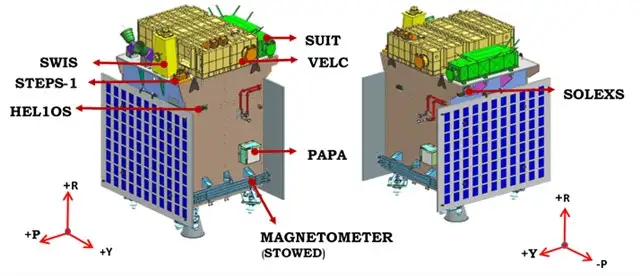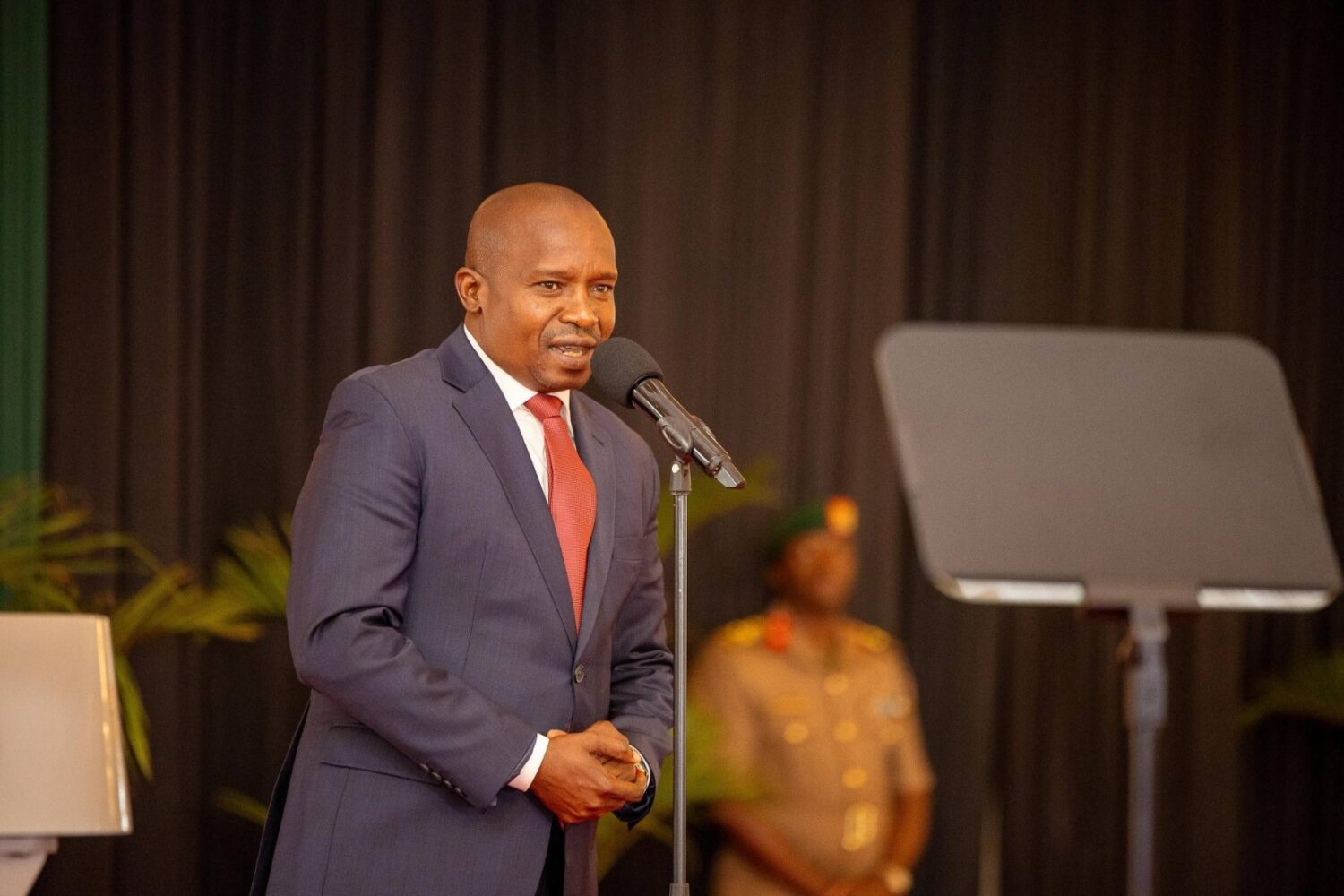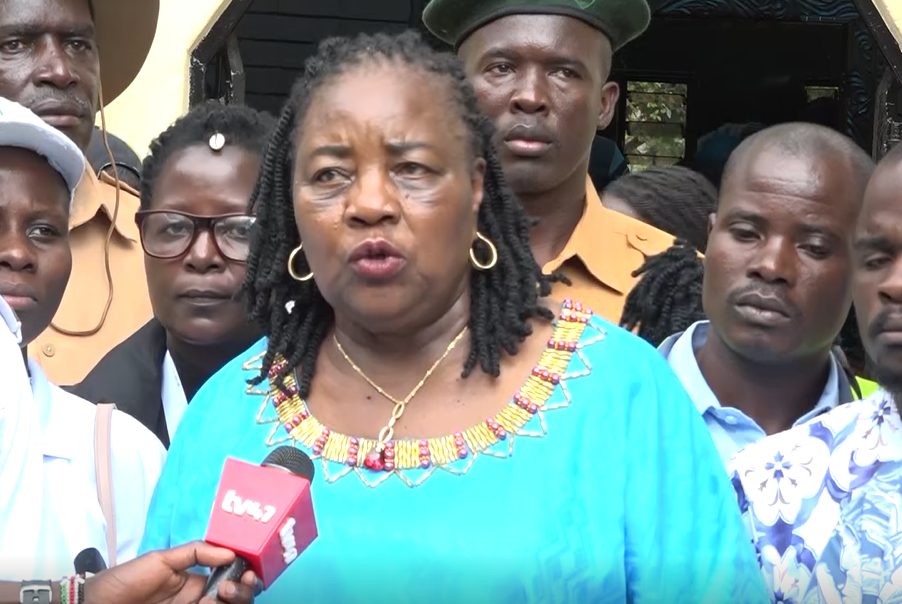Days after becoming the first nation to land a craft near the Moon’s largely unexplored south pole, India’s space agency said on Monday it will launch a satellite to survey the Sun.
Aditya L1, meaning “sun” in Hindi, shall be placed in a halo orbit around the Lagrange point 1 (L1) of the Sun-Earth system, which is about 1.5 million km from the Earth.
The Indian Space Research Organisation (ISRO) says that a satellite placed in the halo orbit around the L1 point has the major advantage of continuously viewing the Sun without any occultation/eclipses.
“This will provide a greater advantage of observing the solar activities and its effect on space weather in real-time,” ISRO says.
The spacecraft, ISRO says, carries seven payloads to observe the photosphere, chromosphere and the outermost layers of the Sun (the corona) using electromagnetic and particle and magnetic field detectors.

The major science objectives of India’s (Aditya-L1) mission to the Sun:
- Study of Solar upper atmospheric (chromosphere and corona) dynamics.
- Study of chromospheric and coronal heating, physics of the partially ionized plasma, initiation of the coronal mass ejections, and flares
- Observe the in-situ particle and plasma environment providing data for the study of particle dynamics from the Sun.
- Physics of solar corona and its heating mechanism.
- Diagnostics of the coronal and coronal loops plasma: Temperature, velocity and density.
- Development, dynamics and origin of CMEs.
- Identify the sequence of processes that occur at multiple layers (chromosphere, base and extended corona) which eventually leads to solar eruptive events.
- Magnetic field topology and magnetic field measurements in the solar corona.
- Drivers for space weather (origin, composition and dynamics of solar wind).
NASA and the European Space Agency (ESA) have previously placed orbiters to study the Sun, but this will be the first such mission for India.
The unmanned Chandrayaan-3 — “Mooncraft” in Sanskrit — touched down on the lunar surface last week, making India only the fourth country behind the United States, Russia and China to land successfully on the Moon.
That marked the latest milestone in India’s ambitious but cut-price space programme, sparking celebrations across the world’s most populous country.












